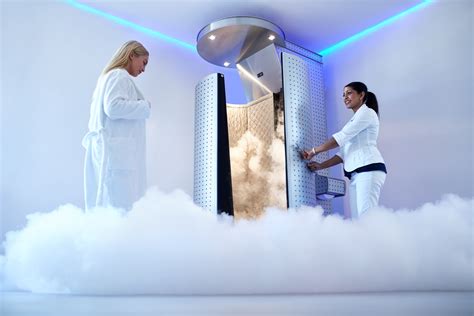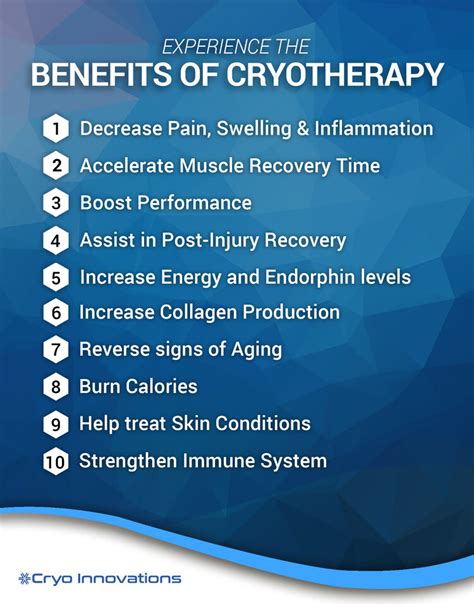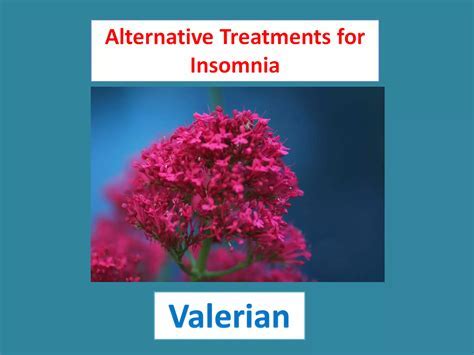Intro
Effectively remove warts with frozen off treatment, a cryotherapy procedure using liquid nitrogen to freeze and eliminate wart cells, promoting skin recovery and reducing recurrence, a popular method for genital, plantar, and common wart removal.
Wart frozen off treatment, also known as cryotherapy, is a common method used to remove warts. Warts are small, rough growths on the skin that are caused by the human papillomavirus (HPV). They can appear anywhere on the body, but are most commonly found on the hands, feet, and face. Warts can be painful, unsightly, and embarrassing, which is why many people seek treatment to have them removed. In this article, we will explore the wart frozen off treatment, its benefits, and what to expect during the procedure.
Warts can be treated in a variety of ways, including topical creams, oral medications, and surgical removal. However, cryotherapy is a popular choice because it is relatively quick, easy, and effective. The procedure involves using liquid nitrogen to freeze the wart, which causes the skin to blister and eventually fall off. This process can take several weeks to complete, but it is often preferred over other methods because it is relatively painless and has a low risk of scarring.
The importance of treating warts cannot be overstated. Not only can they be painful and unsightly, but they can also be contagious. Warts can spread to other parts of the body, as well as to other people, through skin-to-skin contact. Additionally, some types of warts, such as genital warts, can increase the risk of certain cancers. Therefore, it is essential to seek treatment if you have a wart, especially if it is causing discomfort or is in a sensitive area.
What is Cryotherapy?

How Does Cryotherapy Work?
Cryotherapy works by using liquid nitrogen to freeze the wart, which causes the skin to blister and eventually fall off. The procedure involves applying a small amount of liquid nitrogen to the wart using a cotton swab or spray. The liquid nitrogen is extremely cold, with a temperature of -320°F (-196°C). This causes the skin to freeze, which leads to the formation of a blister. The blister will eventually fall off, taking the wart with it.Benefits of Cryotherapy

Risks and Side Effects
While cryotherapy is generally a safe and effective method for removing warts, there are some risks and side effects to be aware of. These include: * Pain: Some people may experience pain or discomfort during the procedure. * Blistering: The skin may blister after the procedure, which can be painful and take several weeks to heal. * Scarring: While cryotherapy has a low risk of scarring, it is still possible for scarring to occur. * Infection: As with any medical procedure, there is a risk of infection with cryotherapy.Preparation and Aftercare

After the procedure, it is essential to follow proper aftercare instructions. This includes:
- Keeping the area clean and dry
- Applying topical creams or ointments to promote healing
- Avoiding certain activities, such as smoking, to reduce the risk of complications
What to Expect During the Procedure
During the procedure, the doctor will apply a small amount of liquid nitrogen to the wart using a cotton swab or spray. The liquid nitrogen will cause the skin to freeze, which will lead to the formation of a blister. The procedure is relatively quick and easy, and can be performed in a doctor's office or clinic. Some people may experience some discomfort during the procedure, but this is usually mild and temporary.Alternative Treatments

Home Remedies
There are also several home remedies that can be used to help remove warts. These include: * Duct tape: Applying duct tape to the wart can help to remove it by irritating the skin and stimulating the immune system. * Garlic: Applying garlic to the wart can help to remove it by irritating the skin and stimulating the immune system. * Tea tree oil: Applying tea tree oil to the wart can help to remove it by irritating the skin and stimulating the immune system.Prevention

Conclusion and Next Steps
In conclusion, cryotherapy is a popular and effective method for removing warts. While it is generally a safe and easy procedure, there are some risks and side effects to be aware of. By preparing properly and following aftercare instructions, you can help to ensure a successful outcome. If you are considering cryotherapy to remove a wart, it is essential to consult with a doctor or dermatologist to discuss the best course of treatment for your individual needs.We encourage you to share your thoughts and experiences with cryotherapy in the comments below. If you have any questions or concerns, please do not hesitate to reach out. Additionally, if you found this article helpful, please share it with others who may be interested in learning more about cryotherapy for wart removal.
What is cryotherapy and how does it work?
+Cryotherapy is a medical treatment that uses extreme cold to destroy abnormal or damaged cells. It works by applying liquid nitrogen to the wart, which causes the skin to freeze and eventually fall off.
Is cryotherapy painful?
+Cryotherapy is generally a relatively painless procedure, although some people may experience some discomfort during the treatment.
How long does it take to recover from cryotherapy?
+The recovery time for cryotherapy can vary depending on the individual and the size and location of the wart. In general, it can take several weeks for the skin to fully heal and for the wart to fall off.
